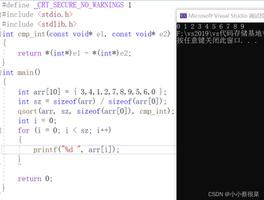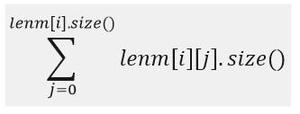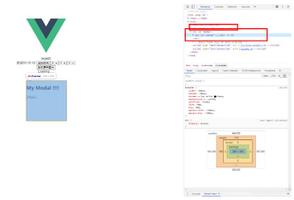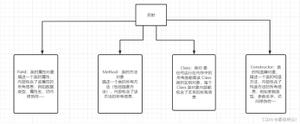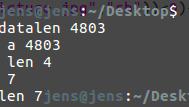React之ref回调函数实现的两种方式
在《React组件refs详解》这篇文章中,我们讲解了ref的使用场景和使用方法。其中举了一个例子:通过某个事件使input元素获得焦点。
这里我们还借用这个例子,在原先的例子中我们使用的是ref字符串的方式,在本篇我们将要是用回调函数的方式来实现。
ES6回调函数
这里我们使用ES6回调函数实现获取焦点
var MyComponent = React.createClass({
handleClick: function() {
// Explicitly focus the text input using the raw DOM API.
if (this.myTextInput !== null) {
this.myTextInput.focus();
}
},
render: function() {
return (
<div>
<input type="text" ref={ (ref)=>this.myTextInput = ref } />
<input
type="button"
value="Focus the text input"
onClick={this.handleClick}
/>
</div>
);
}
});
CommonJs回调函数实现
var MyComponent = React.createClass({
handleClick: function() {
// Explicitly focus the text input using the raw DOM API.
if (this.myTextInput !== null) {
this.myTextInput.focus();
}
},
render: function() {
return (
<div>
<input type="text" ref={ function(ref){this.myTextInput = ref}.bind(this) } />
<input
type="button"
value="Focus the text input"
onClick={this.handleClick}
/>
</div>
);
}
});
注意:在上面代码中,使用的是CommonJs语法,回调函数function(){}后面有.bind(this)。这是需要注意的地方,绑定this,使function内的this对象是该组件。如果不绑定this,那么在handleClick中的this.myTextInput将会报未定义的错误。这是需要注意的地方,在ES6中就不存在这个问题。
本文的目的就是通过实例来介绍ref回调函数如何使用,希望本文对大家有所帮助。
本文转载自:迹忆客(https://www.jiyik.com)
以上是 React之ref回调函数实现的两种方式 的全部内容, 来源链接: utcz.com/z/290084.html

